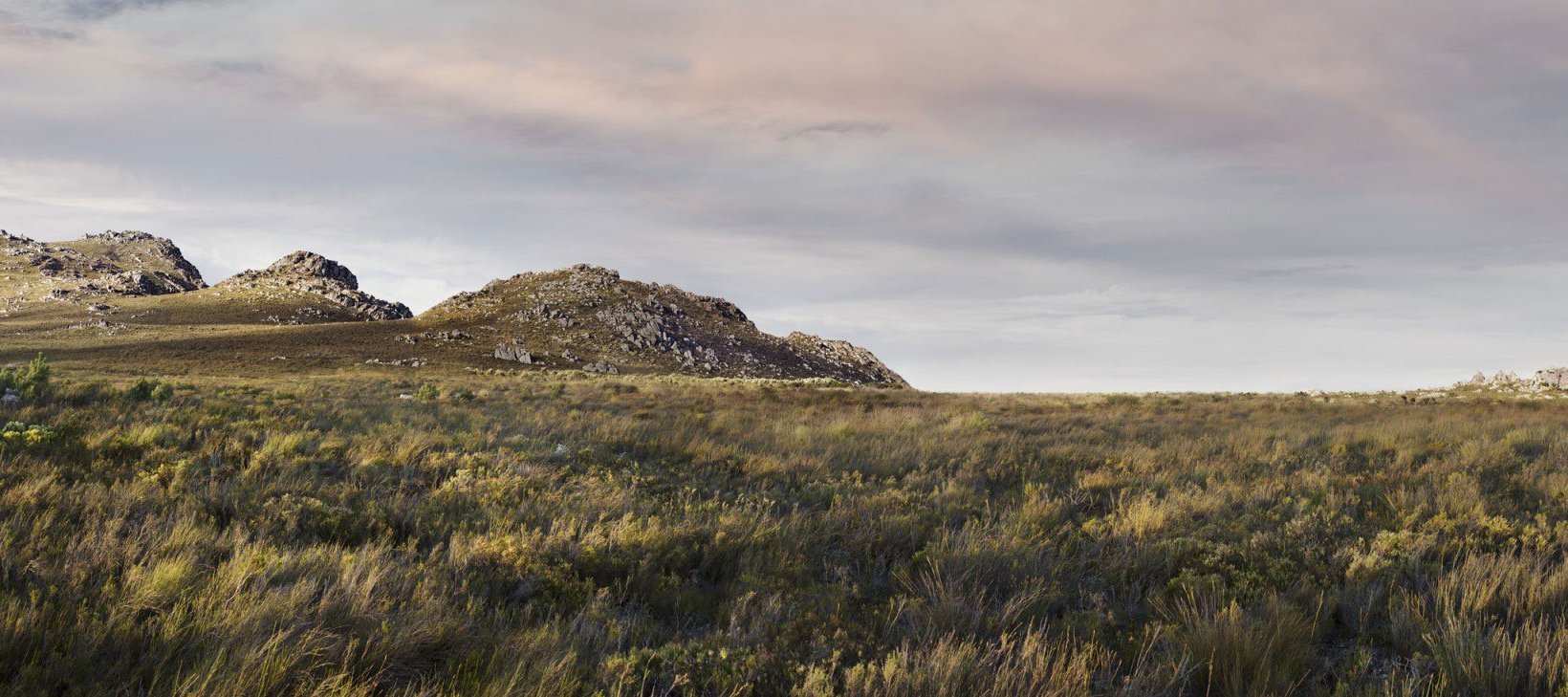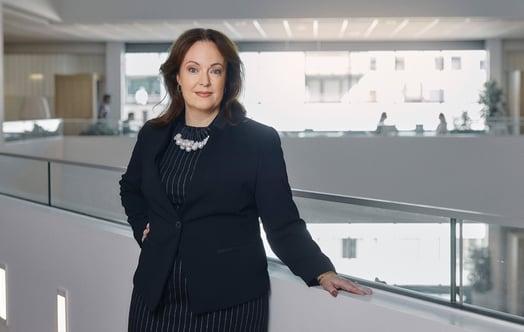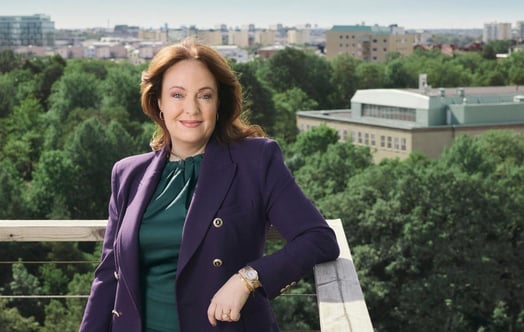
Increased costs for fuels and emission allowances lower the profits of Vattenfall's heat business. Higher electricity prices and increased wind capacity balance these out.
Video player requires marketing cookies.
To view this content please click here to allow marketing cookies.
The first nine months of 2018 demonstrate stable development in most areas of Vattenfall. Revenues, electricity sales and electricity generation increased during the period.
The profit for the period increased by SEK 2.2 billion to SEK 8.9 billion. The increase is mainly attributable to a technical effect in the reporting of Vattenfall's assets in the Nuclear Waste Fund. The underlying operating profit in the first nine months was SEK 15.3 billion compared with SEK 16.0 billion last year. Excluding one-off effects of approximately SEK 800 million in heat operations in 2017, the Group profit is in line with that of last year.
"We have attained a reasonably good, stable profit for the most part. We also had several events this quarter that support our strategy of becoming fossil-free within one generation. The last quarter shows that we are on the right track," says Vattenfall's President and CEO Magnus Hall.
Increased costs for the heat operations
The operating segment Heat has been pressed by lower margins due to higher costs for coal, gas and CO2 emissions. This, combined with one-off effects in 2017, contributed to a drop in the underlying operating profit by SEK 2.1 billion to SEK 0.3 billion. The drop in the heat business is balanced by the increases in other parts of operations.
Increased profit for wind power
Higher prices and additional wind capacity contributed to a rise in the underlying operating profit to SEK 1.9 billion for the Wind operating segment, more than twice the profit of the same period the previous year. Vattenfall’s latest capacity additions include the European Offshore Wind Deployment Centre (EOWDC, 97 MW), Ray (54 MW), Pen y Cymoedd (228 MW) and Sandbank (72 MW of 288 MW).
Increased electricity generation and portfolio growth for power purchase agreements
"Above all, generation has increased – nuclear power is doing particularly well and Ringhals looks to be breaking records for the year. In addition, several of our wind power investments have been constructed and phased into the grid. This combination, added to a strict cost control, puts us on a stable level despite our heat business challenges," says Vattenfall's CFO Anna Borg.
Hydro power generation dropped somewhat in the third quarter due to dry weather and lower than normal water reservoir levels.
"Prices have been relatively high and volatile due to the hot, dry summer in Europe. It has had an effect on our margins, though these effects have been tempered by our price hedging," says Borg.
During the first nine months of the year, the Markets business area has signed several long-term agreements for purchasing renewable electricity. During the third quarter, a 15-year agreement was signed to purchase electricity generation from Kråktorpet wind farm, west of Sundsvall, from German owner Aquila Capital.
Overall, the underlying operating profit of the Power Generation operating segment rose from SEK 8.1 billion to SEK 8.5 billion.
Grid investments under review
In the third quarter, investments in the electricity grid rose by 18 per cent to SEK 1.4 billion, of which, SEK 970 million in Sweden and SEK 357 million in Berlin. Recently, the extensive modernisation of the island of Gotland HVDC link was concluded, which was a necessity for securing the future supply of electricity to Gotland. This has entailed disturbances for our customers, which Vattenfall regrets.
The Swedish government has presented a new legislation that entails a significant reduction in the permitted income of grid operators. As a consequence, Vattenfall must now review its investment plan going forward from 2020.
"Not only have regulations been changed a number of times, which is a problem for operations that require stable investment terms and conditions, but the WACC upper limit has also been set to a level that is lower than the European average. This leads to lower profitability and a significantly lower cash flow which causes a need for a slower rate of investment in a time when we would need to invest more in new data centres, electric vehicle charging, more renewables and growing cities," says Borg.
Strong sales development
Sales increased primarily in Germany and the UK. In Germany, the customer base increased to 3.6 million contracts. Net sales rose significantly, but increased operating costs and expansion in the UK contributed to a slight drop in the underlying operating profit of Customers & Solutions to just under SEK 1.2 billion.
"We are on a journey and we have proven that we are moving in the right direction. There are many opportunities for growth along the way, so we look forward to a bright future. However, there are also a number of challenges for delivering the profitability that is expected of us. Not least, we need to stay focused on our cost cutting measures." says Hall.
WACC = discount rate for the regulated return
Important events, July–September 2018
- Higher electricity generation as a result of higher availability in nuclear power.
- Inauguration of European Offshore Wind Deployment Centre (97 MW) in Aberdeen, Scotland.
- Power purchase agreement with Novo Nordisk and Novozymes for supply of renewable electricity from Kriegers Flak wind farm.
- Power purchase agreement for renewable electricity and balancing services for Aquila Capital’s Kråktorpet wind farm in Sweden.
- New partnerships for charging solutions in the Netherlands and Sweden.
- Decision by Swedish government on new legislation governing electricity grid operators’ revenue frameworks from 2020 forward.
Business highlights, January–September 2018
- Net sales increased by 12% (7% excluding currency effects) to SEK 108,776 million (96,772).
- Underlying operating profit of SEK 15,256 million (15,991).
- Operating profit of SEK 13,430 million (12,605).
- Profit for the period of SEK 8,907 million (6,675).
Business highlights, July–September 2018
- Net sales increased by 19% (12% excluding currency effects) to SEK 32,489 million (27,354).
- Underlying operating profit decreased to SEK 2,127 million (2,757).
- Operating profit of SEK 3,680 million (2,115).
- Profit for the period of SEK 1,782 million (749).


